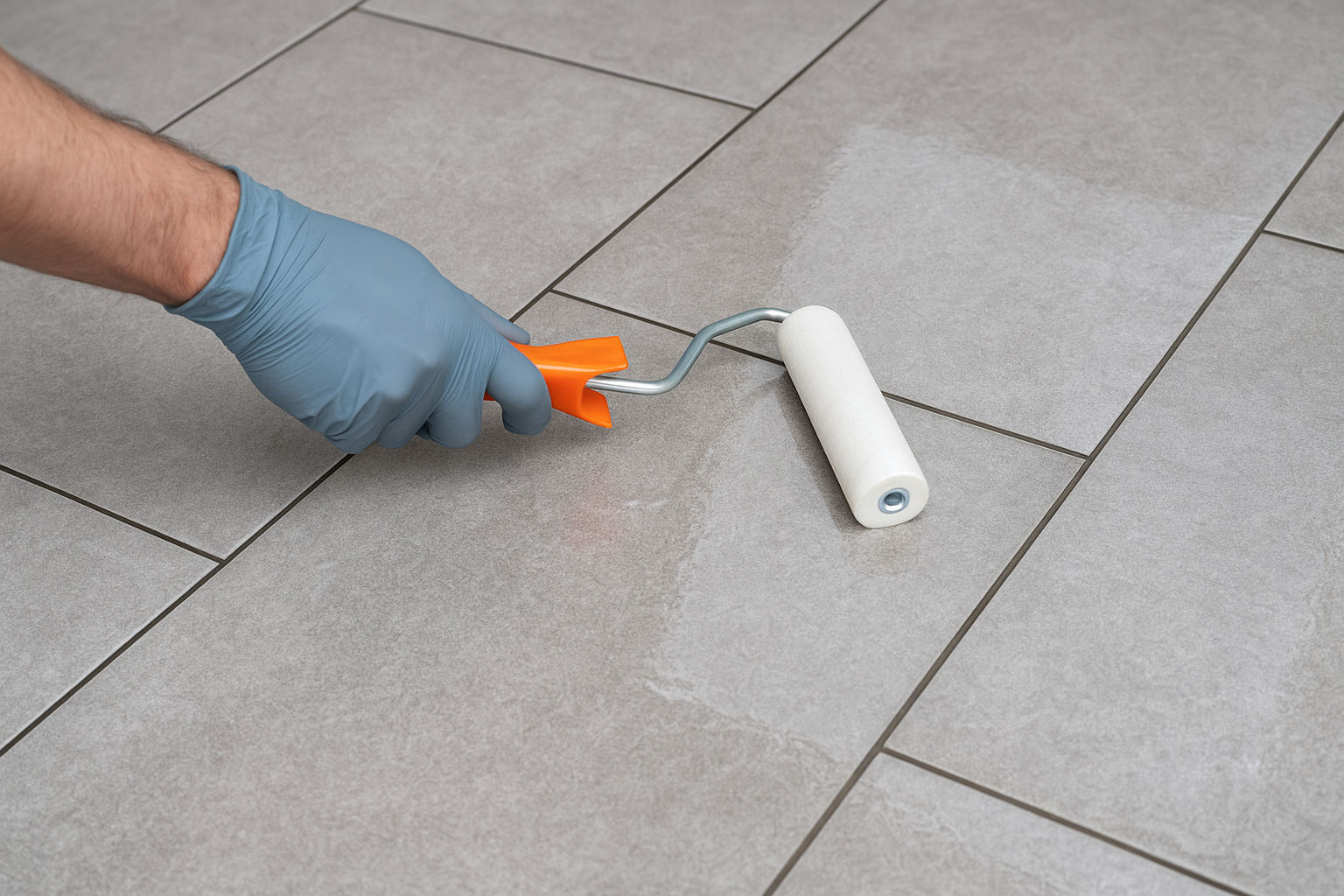
In today’s construction landscape, functionality is expected to complement aesthetics. Transparent waterproofing—commonly referred to as “liquid glass”—addresses both demands seamlessly. These polyurethane or hybrid resin-based coatings create an invisible yet powerful shield that protects surfaces from water, moisture, UV exposure, and chemical damage, all without altering their original appearance. The term “liquid glass” originates from the glass-like glossy finish that forms upon curing.
In this article, we explore 7 powerful advantages of transparent waterproofing systems and how they add value to your buildings and living spaces.
1. Preserves the Original Surface Appearance Without Compromise
Unlike traditional waterproofing materials, which often alter the texture and appearance of the substrate, transparent waterproof coatings maintain the natural aesthetics of the surface. Whether applied to wood, ceramic, or stone, the material’s texture, color, and pattern remain untouched.
This is a major advantage for applications where visual appeal is critical—such as terraces, exterior wall claddings, staircases, and balconies. The coating protects without concealing.
2. Provides Long-Term Protection Against Water, Moisture, and Rain Penetration
One of the core functions of transparent waterproofing is to prevent water ingress. Water penetrating through grout lines or porous surfaces can compromise the integrity of the underlying structure—leading to issues such as mold growth, blistering, spalling, and concrete deterioration.
Liquid glass coatings form a thin, impervious film layer that blocks water, moisture, and vapor, making it ideal for use on:
- Terraces
- Bathrooms
- Balconies
- Natural stone facades
- Ceramic tiled surfaces
The result is both aesthetic longevity and structural durability.
3. UV Resistance That Prevents Fading, Yellowing, and Material Degradation
Exterior materials often fade, crack, or yellow over time due to prolonged UV exposure. Transparent waterproofing products formulated with UV-resistant polymers protect against this degradation, maintaining both color and surface integrity for years.
On substrates like wood, marble, natural stone, or composite decking, this UV resistance significantly extends surface life and reduces the need for frequent maintenance or replacement—yielding a clear economic benefit.
4. Easy to Apply, Saving Time and Labor Costs
Another key advantage of liquid glass systems is their ease of application. Most products are single-component and can be applied using a brush, roller, or spray equipment. They cure rapidly and deliver a professional finish without the need for extensive surface preparation.
Instead of costly methods like re-grouting, replacing surface layers, or applying multiple coatings, a single transparent layer provides a long-lasting solution. With proper guidance, even end-users can achieve effective results.
5. Enhances Surface Resistance to Chemicals and Staining
Outdoor surfaces and wet areas are frequently exposed to substances like oils, detergents, acids, and other chemicals. These can cause staining or irreversible surface damage.
Transparent waterproof coatings create a protective barrier that resists the penetration of contaminants. This makes cleaning easier, reduces staining, and supports better hygiene—especially important in high-traffic or commercial environments like restaurants, hotels, and terrace flooring systems.
6. Bridges Microcracks, Preventing Structural Deterioration
Over time, building materials naturally expand and contract, leading to microcracks on the surface. When left unprotected, these can deepen and allow water to penetrate, potentially leading to structural problems.
High-quality polyurethane-based transparent coatings are elastic and capable of bridging these cracks, effectively sealing the substrate. Unlike ordinary silicone-based transparent sealers, they form a cohesive bond with the surface and do not peel or crack with movement.
7. An Economical and Long-Term Solution for Demanding Environments
Some users are skeptical of transparent coatings due to their “invisible” nature, doubting their effectiveness. However, once applied, these products offer years of protection—combining waterproofing performance, UV resistance, durability, and surface enhancement in a single solution.
This translates to reduced maintenance costs and eliminates the need for frequent refurbishments. In large-surface or outdoor areas, transparent waterproofing is a far more cost-effective and sustainable solution compared to traditional methods. The “apply once, protect for years” philosophy truly applies here.
Where Can Transparent Waterproofing Be Used?
The application range of transparent waterproofing is impressively broad. Ideal for:
- Ceramic- or tile-covered balconies and terraces
- Bathrooms with water ingress through grout lines
- Natural stone cladding and facades
- Wooden decks and pergolas
- Marble surfaces
- Composite exterior flooring
- Commercial floors in restaurants, hotels, and retail areas
Surface preparation is critical: Ensure the area is clean, dry, and free of dust. Avoid water exposure for 24–48 hours after application for optimal curing.
Transparent Coatings Deliver Maximum Protection Without Sacrificing Aesthetics
Modern construction demands go beyond structural performance—visual harmony and practical application are just as important. Transparent waterproofing delivers on all fronts, offering a contemporary, effective, and lasting solution for both professionals and end users.
Glassy 100: The Dryfix Standard in Transparent Waterproofing
Dryfix Glassy 100 is a high-performance, two-component transparent floor coating designed for use on ceramic, marble, granite, tile, natural stone, and concrete surfaces. With outstanding UV resistance and superior adhesion, Glassy 100 delivers both waterproofing and decorative protection.
Upon curing, it forms a flexible, seamless, high-gloss film layer that mimics the clarity and strength of glass. Ideal for users seeking long-lasting protection without compromising aesthetics, Glassy 100 sets a new benchmark in transparent waterproofing technology.
